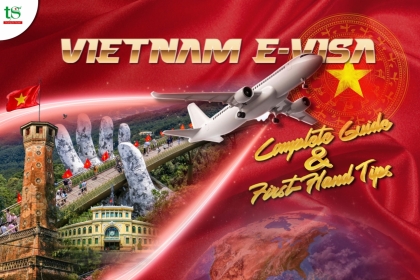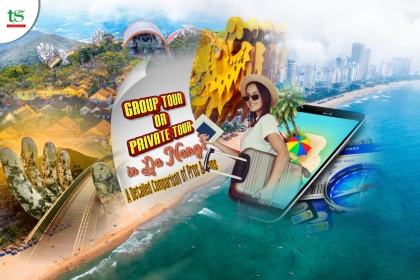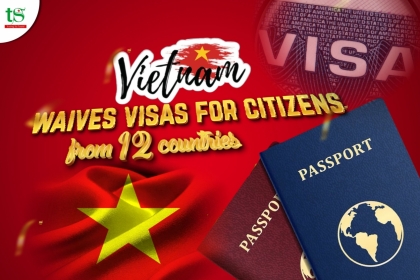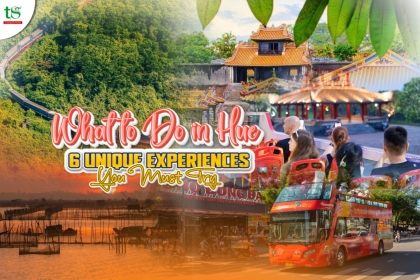Expert Advises Reconsidering Vietnam Travel Over Lunar New Year
On American newspaper Travel + Leisure, Melissa Matthews, Southeast Asia and North America Director at luxury travel company Red Savannah who has visited Vietnam many times, wrote an article sharing her experiences traveling to the S-shaped country.
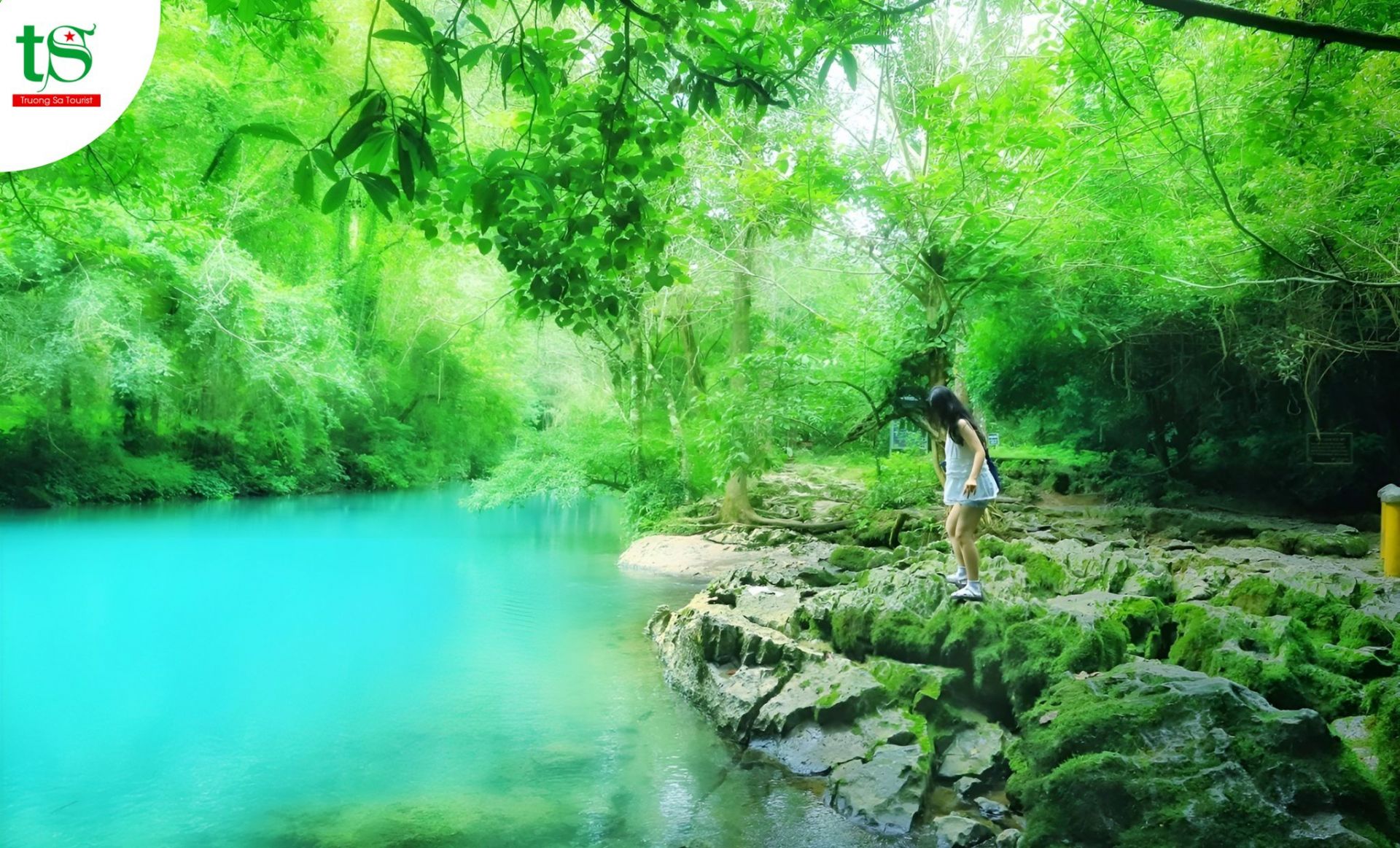
Matthews has many memories of Vietnam – the scent of cinnamon and star anise, the alluring aroma of pho, the vastly different landscapes from mountains to delta, vibrant terraced rice fields, and even how to avoid motorbikes on the streets... Her Vietnam travel tips mostly revolve around weather and low season. She specifically emphasized whether travelers should visit during Lunar New Year or not.
Vietnam is a long, narrow country. Therefore, each region has its own distinct appeal and climate, meaning travelers will need to carefully consider timing based on their desired itinerary.
Peak season in Vietnam varies by region, so travelers can always find a spot that feels more remote from crowded beaches or tour boats. Matthews shared that rainy season draws smaller crowds, falling from May to October in the north, September to May in central Vietnam, and May to September in the south.
Visiting during this time has many perks since you can save on lodging and transportation. Famous restaurants and tours will be less crowded with tourists, providing a rare opportunity to immerse in local culture while enjoying bun cha street food at tiny plastic stools. However, the rain and overcast skies may hamper plans for long treks in Sapa or boat rides in Ha Long Bay – two quintessential experiences travelers won’t want to miss.
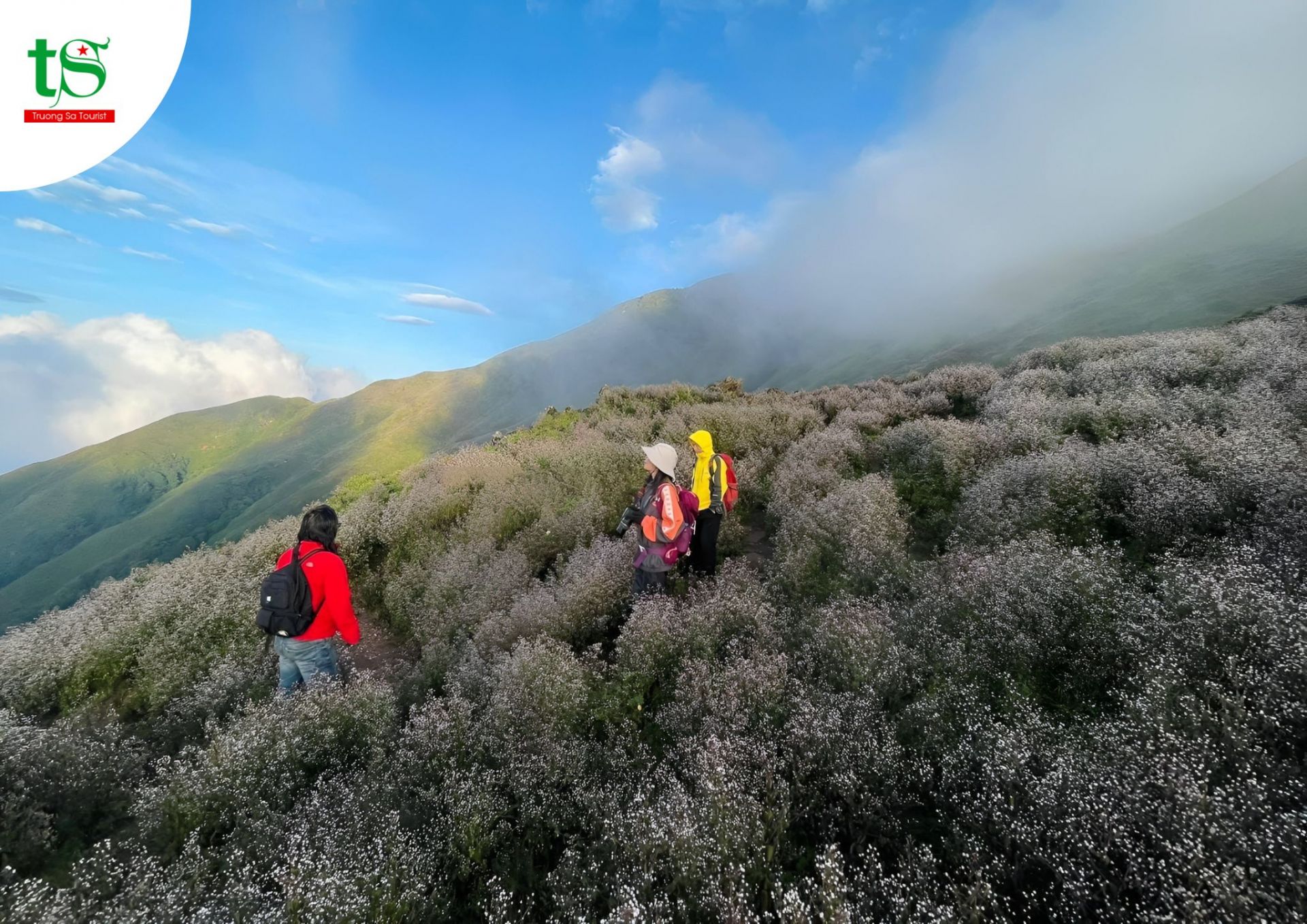
Vietnam is a beautiful country with a tropical climate suitable for year-round travel. However, for those looking to see Hanoi, Ho Chi Minh City and central Vietnam, it’s best to go during dry season. “February and March are the most ideal months to see the entire country from north to south with relatively dry weather. But Vietnam’s Lunar New Year often falls during this time and can last up to 10 days. During this period, most major attractions in cities close as people return home to their families and ancestors for the celebrations,” Matthews shared.
Lunar New Year poses challenges for travelers getting around by plane, long distance buses, etc. due to high domestic traffic. Many businesses close for a week or longer to celebrate. Tet usually falls in late January or early February, and this year it starts February 10th. She advised travelers to head to the beach during Tet. However, it's also peak domestic tourist season to coastal areas, so prices, services may be inflated and lacking due to insufficient staff...
For a dry trip to Sapa or Hanoi, visit September to November or March and April. Sunny beach time in central Hoi An or Nha Trang is best April to August, while the Mekong Delta and Phu Quoc island down south are warmest October to April.
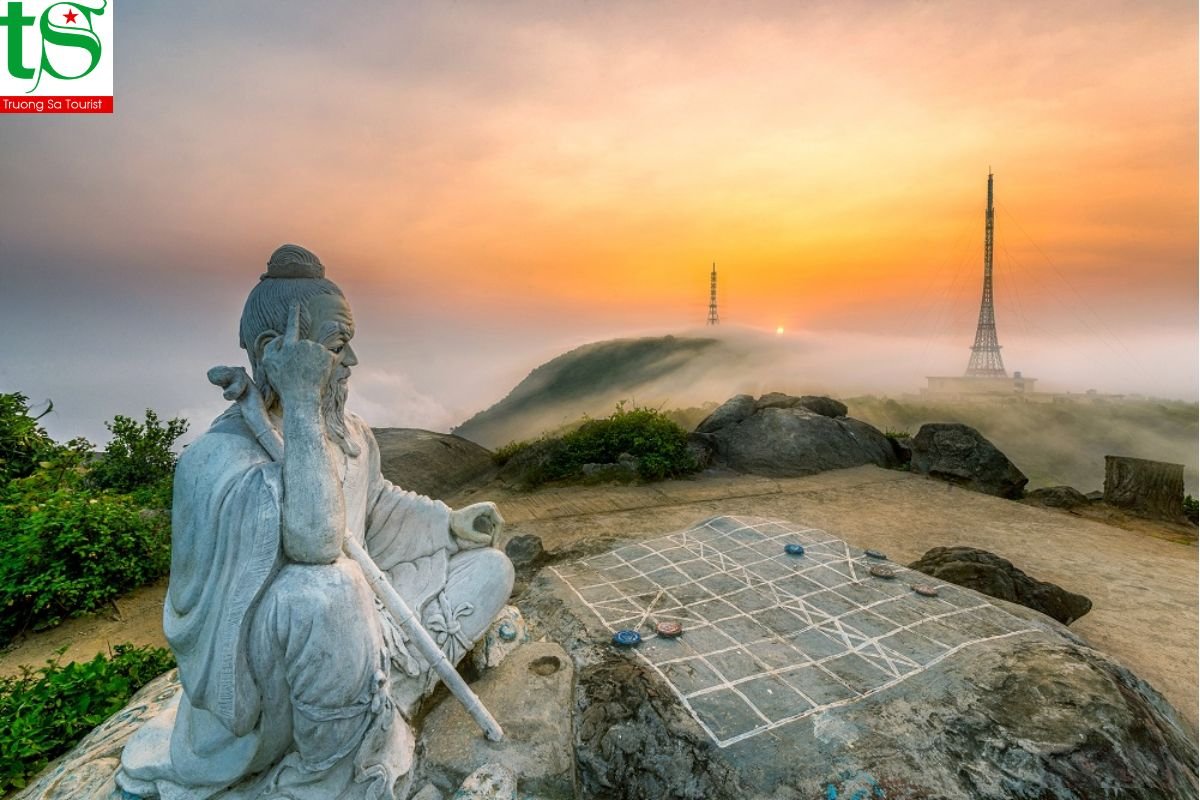
Vietnam is a relatively affordable destination year-round, with abundant street food, budget lodging and accommodation for all budgets. For the best chance of cheap flights and rooms, consider traveling off-peak. April, May, October and November are great times as you’ll still see warm weather nationwide but with fewer tourists.
Despite favorable weather, travelers should avoid monsoon season in Vietnam. "When the monsoon comes in, the climate is very wet," Matthews said. “Avoid the Sapa mountainous area and certainly do not book a cruise in Ha Long Bay as there will be storms and boats will be docked.”
-
 The Newest Luxury 6 Star Cruise in Halong - Azura Cruise 2025
The Newest Luxury 6 Star Cruise in Halong - Azura Cruise 2025
-
 Da Nang Weather in September, October & November: Should You Visit?
Da Nang Weather in September, October & November: Should You Visit?
-
 Vietnam e-Visa 2025: Ultimate Guide & Insider Tips
Vietnam e-Visa 2025: Ultimate Guide & Insider Tips
-
 Group Tour or Private Tour in Da Nang? Detailed Comparison of Pros & Cons
Group Tour or Private Tour in Da Nang? Detailed Comparison of Pros & Cons
-
 12 More Countries Granted Visa Exemption to Enter Vietnam from August 15, 2025
12 More Countries Granted Visa Exemption to Enter Vietnam from August 15, 2025






 info@truongsatourist.net
info@truongsatourist.net

